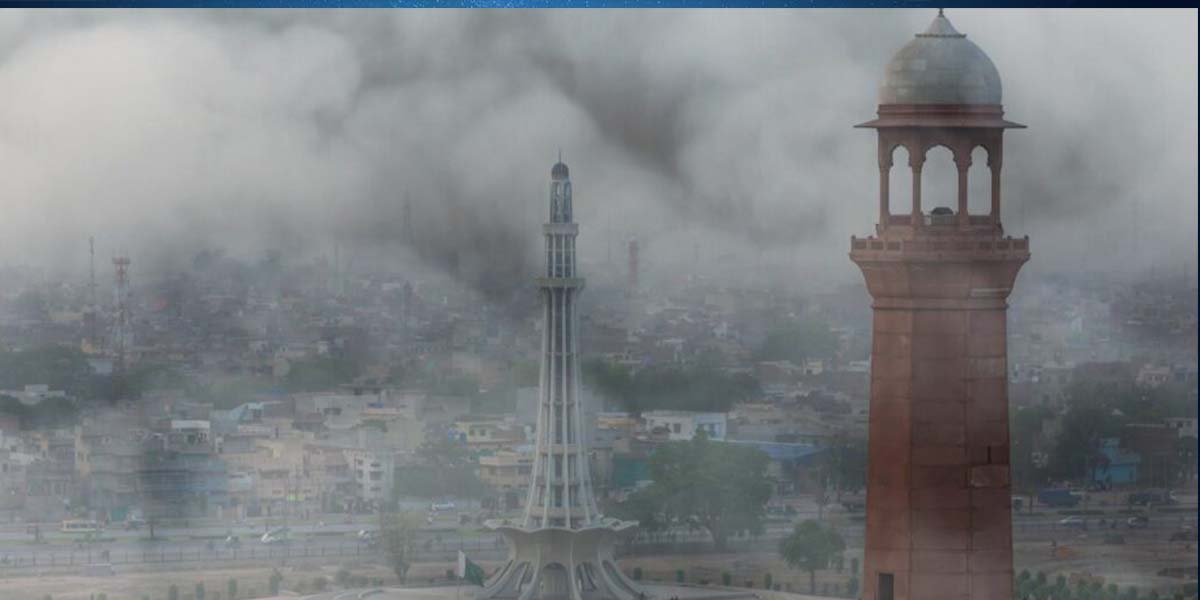LAHORE: The heavy blanket of smog returned to Lahore, the second-largest city in Pakistan, on Thursday as its air quality has reached a dangerous level again, making it the second-worst city in the world.
According to real-time data from the Swiss group IQAir, Lahore’s air quality index (AQI) reached 384, categorizing it as ‘hazardous.’
This level of air quality poses serious health risks, including respiratory infections, heart disease, eye irritation, and skin infections among residents.
The IQAir data shows that Lahore’s air quality improved at the end of November and remained in either the unhealthy or very unhealthy category for continuous 19 days until last Tuesday.
Yesterday, Lahore’s air quality dropped to the hazardous category again, recording 314 on the 24-hour Air Quality Index.
The Lahore air pollution levels concentration of PM2.5 pollutants—fine particulate matter that poses significant health risks—were recorded at 267 micrograms per cubic meter which is over 53.5 times higher than the World Health Organisation’s (WHO) annual air quality guideline value.
Meanwhile, India’s national capital Delhi retained the unfortunate title of the world’s most polluted city with a staggering Air Quality Index (AQI) of 820.
List of the world’s most polluted cities

Understanding AQI
An AQI below 50 is considered good ‘moderate’ between ’51 and 100′, ‘unhealthy for sensitive group’ at ‘101 and 150’, ‘unhealthy’ at ‘151-200’, very unhealthy at 201-300, 301 and above is ‘hazardous’.
According to this year’s Life Quality Index Institute report, compiled by the University of Chicago’s Energy Policy Institute, the people of Lahore could have had their lives shortened by 7.5 years due to the poor air they breathe.
To control the smog crisis, the Punjab government has last month closed public places including parks, zoos, playgrounds, joy/play lands, historical places, monuments, and museums in smog-hit districts including Lahore.
Federal Planning Minister Ahsan Iqbal has described smog as a serious threat and said that it is likely to cause 250,000 premature deaths.
















